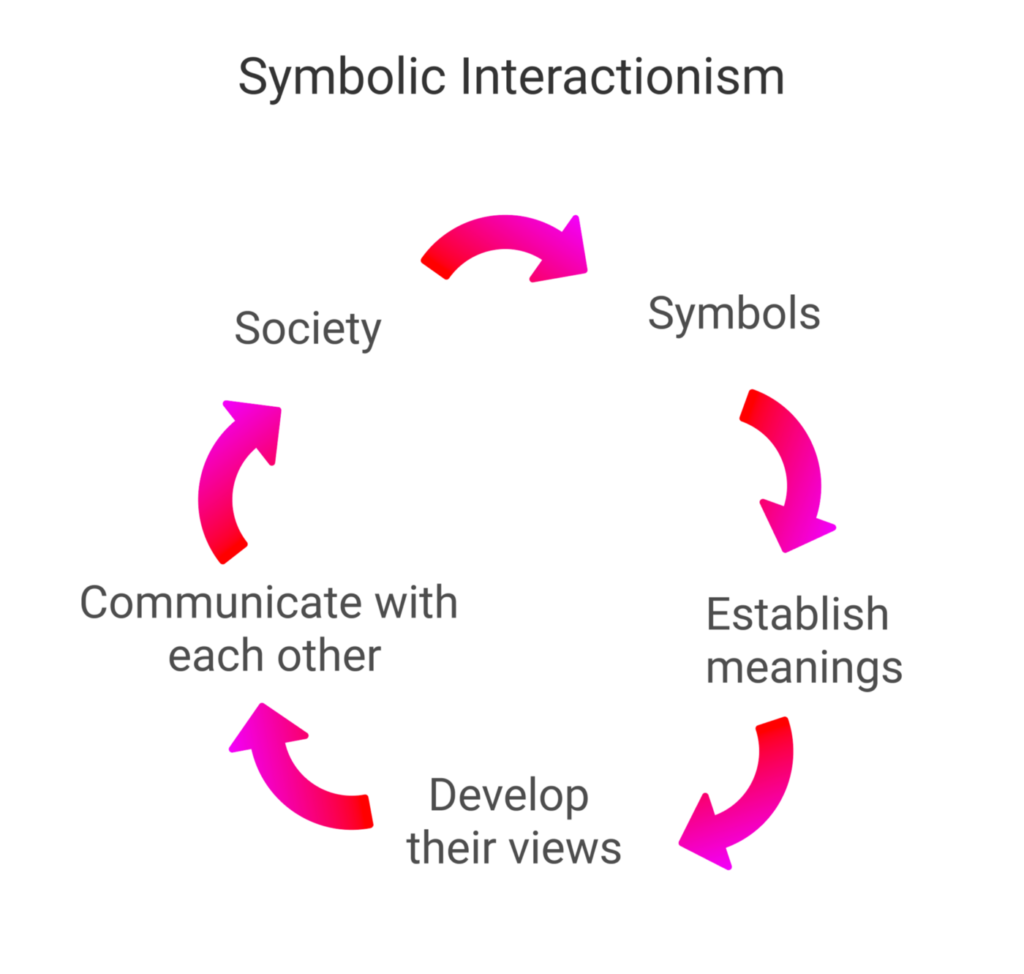Click here to join our telegram community
George Herbert Mead, a foundational figure in sociology and social psychology, made significant contributions to the understanding of self, society, and symbolic interactionism. Born on February 27, 1863, in South Hadley, Massachusetts, Mead’s ideas have had a profound impact on the development of sociological theory.
Biographical Background: G.H. Mead
George Herbert Mead was born into a family of academics, with both his father and grandfather serving as university presidents. Mead pursued his education at Oberlin College and Harvard University, where he was exposed to the intellectual currents of pragmatism and social psychology. He later joined the faculty at the University of Chicago, where he made his most significant contributions to sociology and social psychology.
Key Concepts and Contributions:
1. Symbolic Interactionism:
Mead is best known for developing the theory of symbolic interactionism, which emphasizes the importance of symbols and social interaction in shaping human behavior and society. According to Mead, meaning is created through social interaction, where individuals interpret and respond to symbols based on shared understandings. Symbolic interactionism highlights the role of language, gestures, and other symbolic forms in mediating social reality.

2. Self and Identity:
Mead’s theory of the self is central to his understanding of social interaction. He proposed a two-part model of the self, consisting of the “I” and the “Me.” The “I” represents the active, spontaneous aspect of the self, while the “Me” represents the socialized aspect, shaped by the expectations and norms of society. Mead argued that the self emerges through social interaction, as individuals learn to take on the perspectives of others and internalize societal expectations.
3. Role Taking:
Central to Mead’s theory of the self is the concept of role taking, or the ability to see oneself from the perspective of others. Mead distinguished between two stages of role taking: the “play” stage, where children imitate the roles of specific others, and the “game” stage, where they take on the generalized other, internalizing the expectations of society as a whole. Role taking allows individuals to anticipate the reactions of others and adjust their behavior accordingly, contributing to social order and stability.
4. Mind, Self, and Society:
Mead’s major work, “Mind, Self, and Society,” was published posthumously in 1934, based on his lecture notes and manuscripts. In this seminal text, Mead elaborated on his theories of the self, social interaction, and the relationship between individual and society. He argued that the mind arises from social interaction and is inseparable from it, challenging traditional dualistic views of mind and body.
Influence and Legacy:
George Herbert Mead’s ideas have had a lasting impact on the fields of sociology, social psychology, and communication studies. His theory of symbolic interactionism laid the foundation for subsequent research on social behavior, identity, and communication. Mead’s emphasis on the social construction of reality and the importance of language and symbols has influenced diverse areas of inquiry, from microsociology to cultural studies.
Conclusion:
George Herbert Mead’s contributions to sociology and social psychology have shaped our understanding of self, society, and social interaction. His theory of symbolic interactionism, his conceptualization of the self, and his insights into the role of language and symbols continue to inform research and theory in the social sciences. Mead’s legacy as a pioneering thinker underscores the importance of understanding the dynamic interplay between individuals and society in shaping human behavior and social life.
Click here to join our telegram community